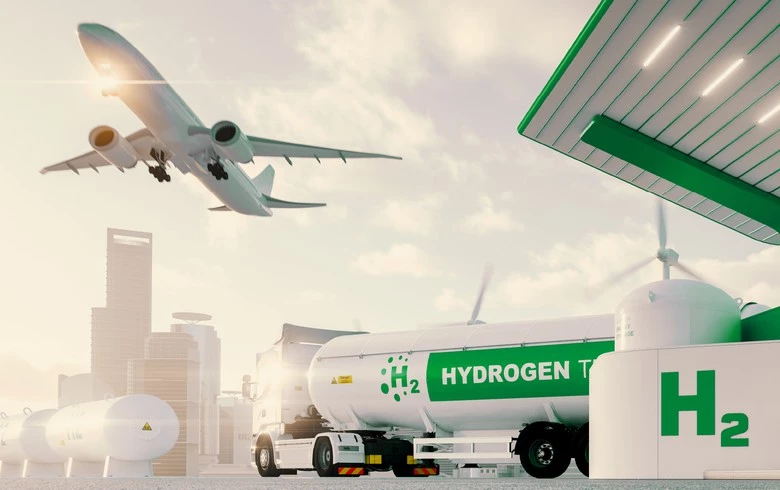EC clears EUR-3bn German-Dutch hydrogen procurement scheme
Source:Renewables Now
The European Commission has approved a EUR-3-billion (USD 3.13bn) German-Dutch scheme to support the production of renewable fuels of non-biological origin (RFNBOs), including renewable hydrogen, for import and sale in the EU.

Image Credits: Plug Power Inc.
The clearance paves the way for a second round of tenders within Germany's H2Global double auction model. As part of the model, grants are used to offset the difference between the buying and the selling price of green hydrogen and its derivatives. The process involves the award of procurement contracts to producers selected through tenders, with the move stimulating the construction of fresh manufacturing capacities. The procured quantities are then resold in Germany or other European countries through auctions to the highest bidder.
The European Commission said that Germany will provide EUR 2.7 billion to the scheme and the Netherlands will add EUR 300 million. The initiative will encourage the construction of at least 1.875 GW of electrolysis capacity globally. The aid will be granted via a bidding process in 2025. The tenders will be open to projects with an electrolyser capacity of at least 5 MW. Overall, the scheme should save up to 5.73 million tonnes of carbon dioxide equivalent, the Commission said.
The German ministry said in a separate statement that projects from all continents can apply to export to Germany and the Netherlands via the scheme. In the first phase, Germany will release tenders worth up to EUR 2.2 billion for non-European and global procurements, while the Netherlands will commit EUR 300 million.
According to data cited by the German ministry, between 50% and 70% of the hydrogen used in Germany should come from imports by 2030.
A pilot H2Global auction was initiated at the end of 2022 with three lots dedicated to green ammonia, methanol and e-sustainable aviation fuel (SAF). UAE-based fertiliser company Fertiglobe was selected as the winner of Lot 1 from a pool of five finalists.
(EUR 1 = USD 1.043)

